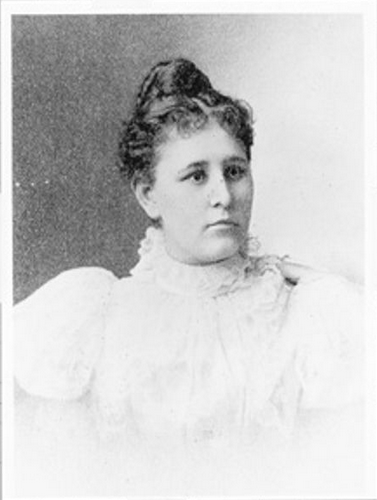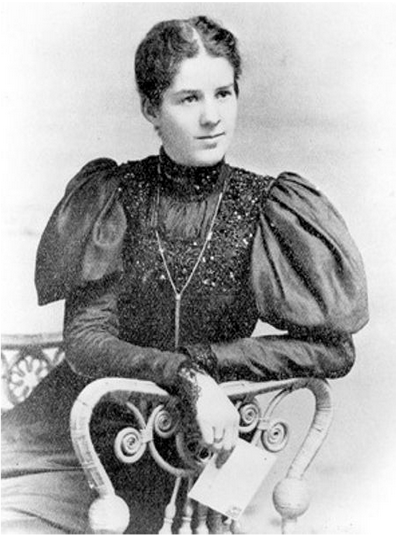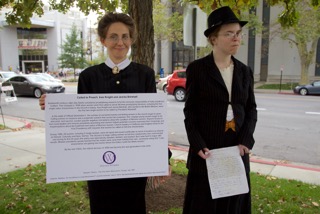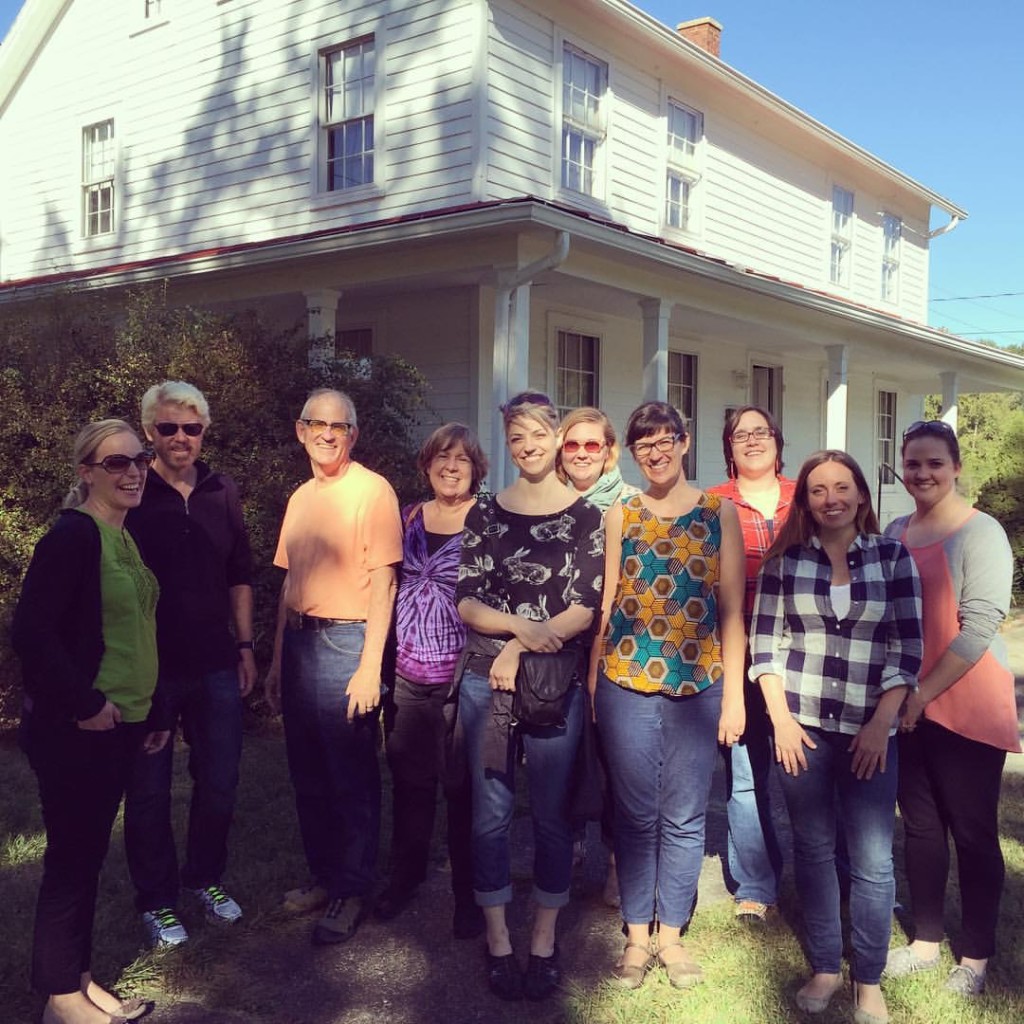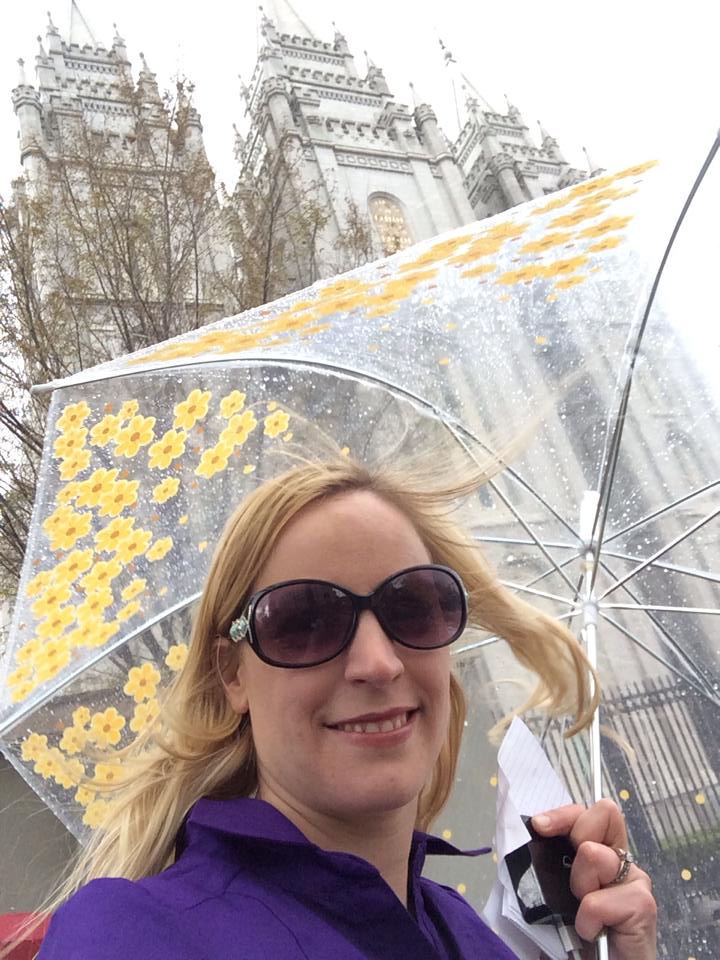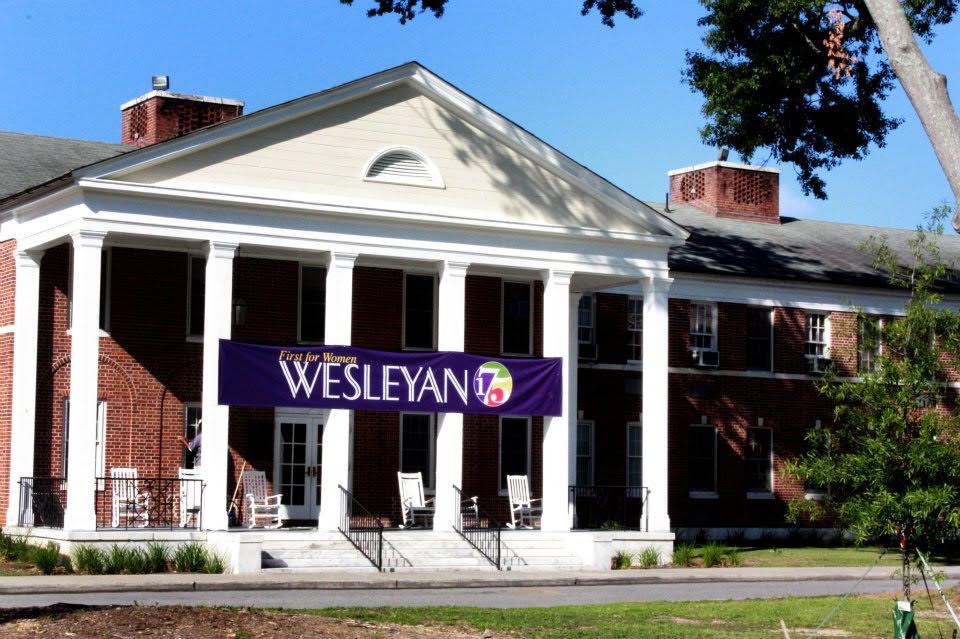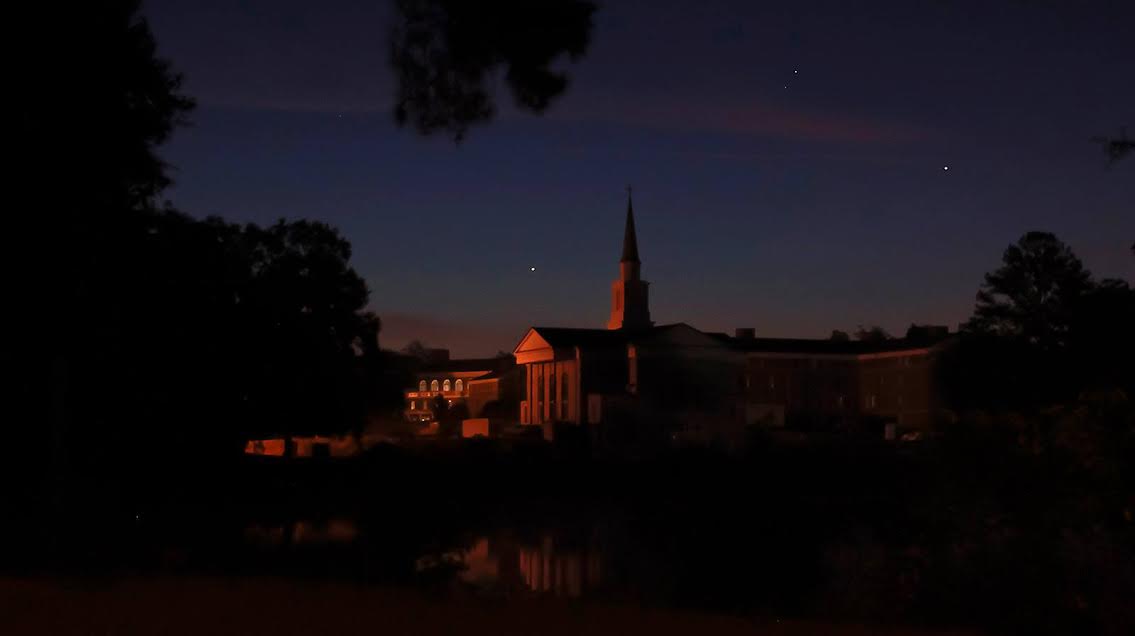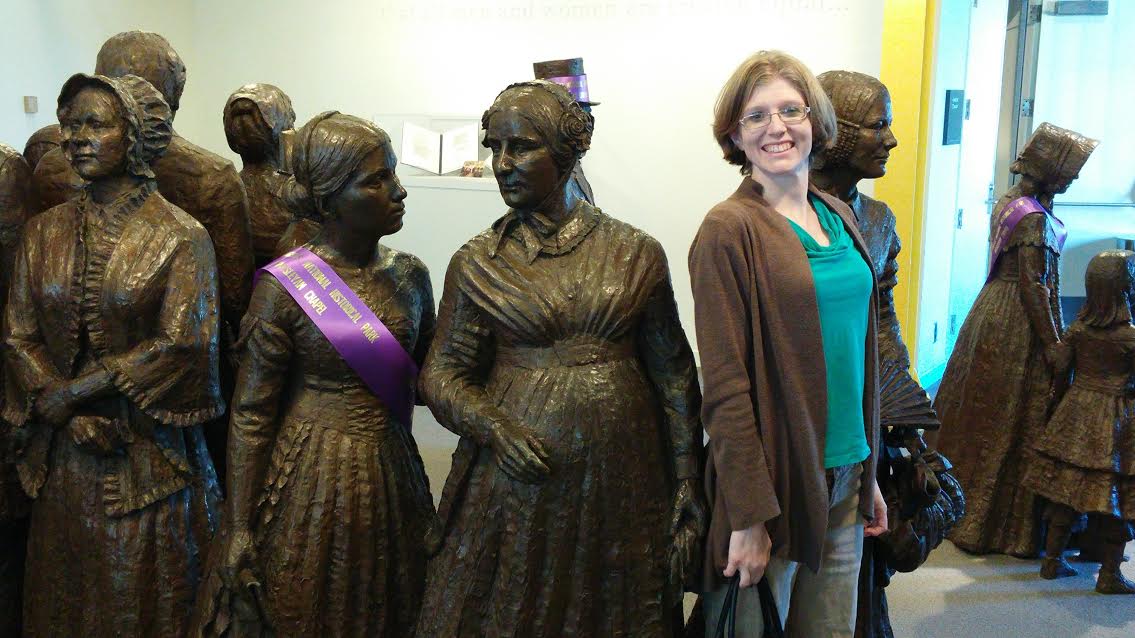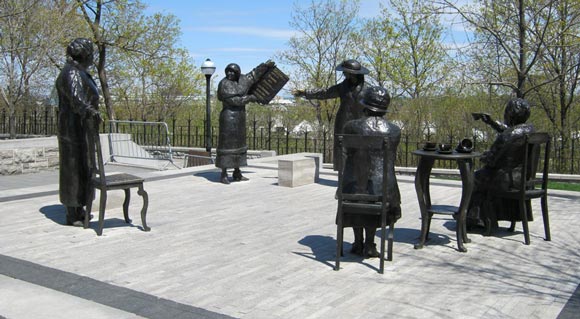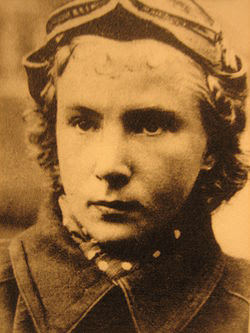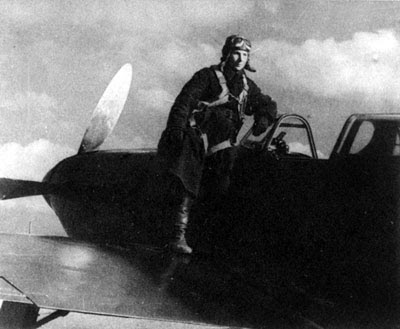Inez Knight and Jennie Brimhall: Called to Preach
Nineteenth-century Latter-day Saints considered proselytizing missions to be the exclusive responsibility of male priesthood holders. This changed in 1898 when women were first called to serve full-time proselytizing missions, including the first single sister missionaries in the Church’s history. Inez Knight and Jennie Brimhall, who served in the British Mission, were the first two single women to be called by President Woodruff.
In the wake of Official Declaration I, the number of unmarried twenty-something women in the church began to grow. Calling women to missions was a pragmatic solution that served two purposes: first, engage young women eager to do vital work; and second, counter popular negative conceptions about the condition of Mormon women. Reports flowed in from local leaders and mission presidents describing how women helped potential converts overcome their misgivings and misperceptions about the treatment and status of Mormon women. Church leaders in California and England wrote to the First Presidency with requests that women be called as full-time missionaries.
During 1898, 29 women, including 5 single women, were set apart and issued certificates to serve in locations as diverse as Denver, Colorado and Apia, Samoa. The decision to begin calling women as full-time missionaries was controversial and during its first 25 years this policy was alternatively debated, derided, and praised. But it was hard to argue with results. Mission presidents quickly learned that the sisters were more than holding their own, commonly noting that “Lady missionaries are getting into homes where the Elders could not obtain access.”
By the mid-1920s, the radical decision of 1898 had become the next generation’s new norm.
In October 2015 Ordain Women Supporters created a living art display of these two inspirational sister missionaries just outside of temple square to both honor and represent the change in women’s roles throughout the history of the church. We look forward to more pioneering women being welcomed into new roles and responsibilities within the gospel.
Honoring our Past,
Envisioning our Future.
Cite: McBride, Matthew. “Do You Believe in Lady Missionaries?” Juvenile Instructor, June 5, 2014. http://juvenileinstructor.org/do-you-believe-lady-missionaries/
Mangum, Diana L. “The First Sister Missionaries,” Ensign, July 1980.
Photos from https://history.lds.org/article/inez-knight-missionary?lang=eng
Ordain Women U.S. Women’s History Tour
Hear all about Ordain Women’s Women’s History Tour and Sacred Grove Action in our latest podcast;
In September 2015, a group of 15 Ordain Women Supporters traveled to Upstate New York in an effort to learn more about American Feminism, The Abolishment of Slavery and Early Mormonism. We walked where the women who made our journey possible walked. We stepped into their homes and learned a little more about their journey, hardships and dreams. We were honored to learn from them and hopefully we can take that moving forward and build a better future for everyone, together.
We would like to publicly thank Melanie Christian Van Orden and Glenn Cornett at Spectrum NYC for their generosity in hosting this podcast as well as the following locations for their generosity, their knowledge and passion for equality.
Harriet Tubman Home, Inc.
http://www.harriethouse.org/
National Susan B. Anthony Museum & House
http://susanbanthonyhouse.org/index.php
Women Rights National Historical Park
http://www.nps.gov/wori/index.htm
Sacred Grove and Smith Farm Visitor’s Center and Sister Missionaries.
http://www.hillcumorah.org/welcomectr.php?af=hs
Matilda Joslyn Gage Foundation
http://www.matildajoslyngage.org/
Rita Henley Jensen & Women’s eNews
http://womensenews.org/
Tenement Museum
http://www.tenement.org/
Museum of the City of New York
http://www.mcny.org/content/activist-new-york
Brooklyn Museum
https://www.brooklynmuseum.org/
Honoring our past,
Envisioning our future.
Joanna Wallace, the author of this post, is on Ordain Women’s Executive Board as Social Media Manager.
Sunday Spotlight – Leah Marie
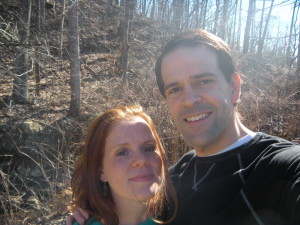 Tell us more about your connection (upbringing/introduction) to Mormonism.
Tell us more about your connection (upbringing/introduction) to Mormonism.
I was raised in the church and baptised at the age of 8. I got all of the applicable awards, medallions, and callings requisite to be properly called a Molly Mormon.
What was your favourite calling?
I really loved being a Sunday School teacher. I love discussing the scriptures and the gospel. I feel like it is a special opportunity to seek after the mysteries of God as a community.
What are some examples of gender inequality you see in the Church?
I see the differences in the way Young Men and Young Women are treated within the institution. I see the difference in the way they are prepared for adulthood. I see a difference in the rhetoric used to address men and women. I see a difference in opportunities to serve and bless each other. I see a difference in authority and leadership. Basically, everything we do is affected by the fact that men hold the priesthood and women do not.
How did you discover Ordain Women?
Facebook. Where else do we found out anything in this world anymore? I had friends talking about it a few days before the official founding.
What prompted you to put up your profile?
I have believed that women will one day receive the priesthood for years and years. I rarely discussed it, because it was such a taboo topic, but that testimony has been there for a long time. When OW was founded, I was dealing with a very difficult pregnancy and so was too consumed with that to join the cause right away. Then after the first priesthood action in October 2013 I was so crushed at the outcome. When the time for t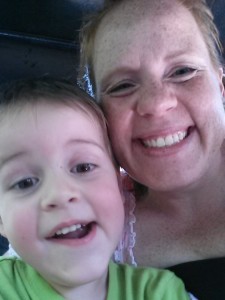 he priesthood action in April 2014, I knew I needed to be a part of it. I needed to stand with my sisters and share my witness. I submitted my profile and started putting my efforts towards agitating for ordination.
he priesthood action in April 2014, I knew I needed to be a part of it. I needed to stand with my sisters and share my witness. I submitted my profile and started putting my efforts towards agitating for ordination.
What has been the reaction of your ward/ family/friends?
I’ve had members of my family and some friends back out of my life. It hurts, but I remain hopeful their hearts will be softened. Much of my family and friends have let me know they love me unconditionally, and some have even made sure I know they agree with me completely.
Have you had the opportunity to attend any actions? How did they effect/change you?
As mentioned, I did attend the priesthood action in April 2014. It was such a powerful experience. Standing with so many others who could see and understand the importance female ordination gave me so much strength.
What gives you hope for the future?
I see so much openness about female ordination from young adults. It is becoming less and less taboo to speak about these things and topics like Heavenly Mother. It gives me hope to see small changes: like women praying in conference and women being added to the church councils. I am hopeful these incremental changes are steps along the path to full parity.
Aside from ordination, what are some changes you would like to see implemented immediately in the Church?
Besides ordination and full parity for women, I would really like the church to become better at intersectionality. Racism and homophobia are such major institutional problems and are pervasive throughout our culture. I would really love to see us become a more inclusive community.
Let Women In.
I have tried to attend The Priesthood Session of LDS General Conference twice. Once on temple square with hundreds of other courageous women and once at my local stake center just north of Atlanta, GA with two close friends and fellow board members. Both times I was turned way with a smile and a hug. Both times I left with tears and a broken heart. Yet here I am. Again. Standing in the rain, dressed in purple and asking with a pure heart. Please let me in. I need to be in that meeting. I need to hear the words of His servants, teaching and guiding His church. I need to learn what the priesthood means to us in modern times. I need to be able to teach that to my sons and daughter. I have felt my Heavenly Parents guiding me to these doors twice before and so here I am again. Pleading someone, anyone, to please let me in.
You see, I believe in a church that is ever changing and all encompassing. I believe in continuing revelation and at the heart of it all, I believe that Christ is the head of our church. I believe that if He were here today He’d walk out to my car, dry my tears of fear and rejection and welcome me into His building, His meeting and His space.
So here I stand, knocking, pleading, Please let me in.
Honoring our Past,
Envisioning our Future.
Joanna Wallace, the author of this post, is on Ordain Women’s Executive Board as the Social Media Chair.
Agitating Faithfully
 This post is by Lorie Winder Stromberg, Ordain Women Executive Board Member. In it she provides more information about the “Keys” public art installation that is part of the October 2015 Ordain Women Art Action.
This post is by Lorie Winder Stromberg, Ordain Women Executive Board Member. In it she provides more information about the “Keys” public art installation that is part of the October 2015 Ordain Women Art Action.
Americans were captivated by Pope Francis during his visit to Cuba and the United States last week—and understandably so. There is no question that his rejection of the trappings of power as well as his return to the egalitarian fundamentals of Christian faith and works have revitalized Catholicism and inspired many of us outside of the Catholic community. “Preach the Gospel always,” he said this year, “and, if necessary, use words.” Clearly, Pope Francis is a good man. But even good men have their blind spots—far too often, at the expense of women. Catholic women, like Mormon women, are denied ordination and still have limited access to governance and voice within their religious community.
We refuse to tolerate discrimination against women in our secular institutions. Why do we so readily accept it in our religious communities? Further, why do women remain in religious institutions that marginalize us? There are many reasons—belief, conviction, the desire to serve, cultural identity, family ties, political and societal influences, to name just a few. However, if we care about a just society and recognize that religions significantly impact the broader culture, we all have a stake in whether or not our faith communities are equitable, regardless of religious affiliation.
When Pope Francis visited Brazil a few years ago, he told millions of Catholics, “Quiero lío,” loosely translated, “I want to shake things up.” In Mormonism, former Church President Gordon B. Hinckley, when asked by a reporter if the policy excluding women from priesthood ordination could be changed, said, “Yes. But there’s no agitation for that.” Though not exactly what either church leader anticipated, we at Ordain Women are faithfully agitating for gender equality in response to President Hinckley’s challenge, just as our Roman Catholic sisters at the Women’s Ordination Conference are shaking things up in response to Pope Francis’s call, “Quiero lío.”
This Saturday Ordain Women is returning to Temple Square/City Creek Park. Reflecting this year’s OW theme, “Honoring Our Past, Envisioning Our Future,” Saturday’s action will take the form of a public art project and an on-going art installation. Immediately after the Saturday afternoon session of conference, a number of OW supporters will create “living picture” scenes of events in LDS history in locations around Temple Square. The scenes will mark the opening of the newly-renovated LDS Church History Museum by depicting some of the diverse ways Mormon women historically have practiced their faith, including instances when women acted with institutionally-sanctioned authority presently associated with priesthood office.
Following the historical presentations, we will proceed with those featured in the depictions to City Creek Park, where we will inaugurate the “Keys” public art installation. The “keys of the priesthood,” presently given only to men in the Church, carry with them significant ecclesiastical and administrative authority. One by one, all participants will attach keys—symbolic of our desire for women to have full access to ordination and decision-making authority in the LDS Church—to a gated structure designed by artist Ginny Huo. The “Keys” public art installation will also be featured as part of the women in religion initiative at the Parliament of the World’s Religions in Salt Lake City, 15-19 October 2015. As keys continue to be added, it will remain a permanent monument in Utah to the movement for women’s equality in religion.
We invite all who support gender equality to become part of the “Keys” art action. You can participate in a few ways—in person or by proxy:
- Join us in Salt Lake City at City Creek Park on Saturday, October 3. Participants should bring a key (or extra keys, if you have them) and arrive no later than 3:30 pm for a brief prayer service and action instructions. Make sure you RSVP on our Facebook event page.
- If you are unable to attend in person, you can participate by proxy. A key will be added on your behalf to the “Keys” public art installation during the inaugural ceremony. Let us know if you’d like your initials or your first name written on the key. We hope to add hundreds of keys, so please submit your proxy key request using this form.
Sunday Spotlight – Becky
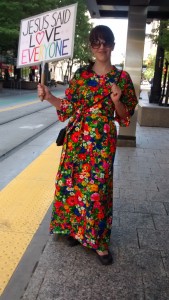
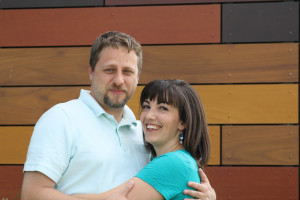

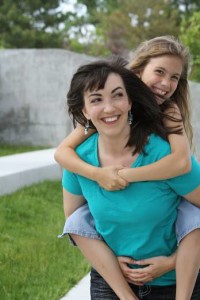
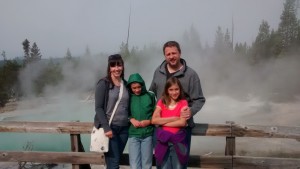
A Celebration of Women’s History: Wesleyan College
Ordain Women is hosting a weeklong celebration of women’s history in recognition of this years theme, “Honoring our past, envisioning our future.” Each day this week we will be sharing a new post highlighting stories of women from all over the world, submitted by you. If you would like to share women’s history from your area, you can send your submission to: ordainmormonwomen@gmail.com. This post is one installment in this series.
Contrary to what many people may believe, the oldest women’s college in the world is not in the northeastern United States. Instead, Wesleyan College, which was chartered in 1836, and is the first college in the world chartered to grant degrees to women is located in Macon, Georgia.
Other firsts for women occurred at Wesleyan. In 1851 and 1852, the first sororities for women Alpha Delta Pi (originally the Adelphean Society) and Phi Mu (originally the Philomathean Society) were founded. In 1860, the first alumnae association of a degree-granting college was founded at Wesleyan. In 1976, the Rotary Club of Macon, acting in conjunction with Wesleyan, initiated the first Rotary International Intern Program. In 1990, a group of Wesleyan alumnae, acting in conjunction with other prominent Georgians, founded Georgia Women of Achievement, an organization designed to recognize and honor the accomplishments of outstanding women in the state. In 2000, Aunt Maggie’s Kitchen Table, which was founded by Wesleyan’s Lane Center for Community Engagement and Service under the direction of Dr. Catherine Meeks, was awarded the first Jimmy and Rosalynn Carter Partnership Award for Campus-Community Collaboration. The Wesleyan College Historic District was listed on the National Register of Historic Places on April 2, 2004.
Throughout the years, the graduates of Wesleyan have made history in their chosen fields of study. A partial listing of some of Wesleyan’s history making graduates include:
· Catherine Brewer Benson (1840) was one of the earliest women in the U.S. to earn a college bachelor’s degree.
· Mary Eliza McKay (1878) became the first woman in Georgia to receive the Doctor of Medicine Degree.
· Beginning in 1904, the Soong Sisters (Ai-ling, Ching-ling, and May-ling) were the first Chinese women to be educated in the United States. May-ling later became Madame Chiang Kai-shek and served as a First Lady of the Republic of China.
· Adelaide Su-Lin Chen Young (1933) became the first American woman explorer to enter the rugged Tibetan-Himalayan area.
· Hazel Jane Raines (1936) became the first woman in Georgia to be issued a commercial pilot’s license.
· Neva Jane Langley Fickling (1955) became Georgia’s first Miss America in 1953.
· Kathryn Stripling Byer (1966) became the first woman to be appointed poet laureate of North Carolina.
· Toni Jennings (approx. 1969) became the first woman to hold the office of Lieutenant Governor of Florida.
· Charlene Payne Kammerer (1970) became the first woman to be ordained Bishop of the Southeastern Jurisdiction of the United Methodist Conference in 1996.
· Janice A. Mays (1973) became the first woman Staff Director for the U.S. House Ways and Means Committee and first woman to serve in the roles of Democratic Chief Counsel and Chief Tax Counsel.
Bryndis Roberts, Ordain Women Executive Board, is a 1978 magna cum laude graduate of Wesleyan College and currently serves on its Board of Trustees.
Having celebrated its sesquicentennial (175th anniversary) in 2011, Wesleyan continues its history of being “First for Women” and being a pioneer in women’s education. If you would like to learn more about Wesleyan college, here is a link: http://www.wesleyancollege.edu/about/history.cfm
This post was submitted by Bryndis Roberts who is an Ordain Women Executive Board member and who lives in Georgia.
A Celebration of Women’s History: Women’s Rights National Historical Park
Ordain Women is hosting a weeklong celebration of women’s history in recognition of this years theme, “Honoring our past, envisioning our future.” Each day this week we will be sharing a new post highlighting stories of women from all over the world, submitted by you. If you would like to share women’s history from your area, you can send your submission to: ordainmormonwomen@gmail.com. This post is one installment in this series.
This is me with the “First Wave” statue set at the Women’s Rights National Park in Seneca Falls, NY. It was both powerful and humbling to see the faces of the women who started the movement that changed the country for good, and to walk in the places where they walked.
This post was submitted by Elizabeth Siler Moore who lives in Colorado.
A Celebration of Women’s History: Women are Persons!
Ordain Women is hosting a weeklong celebration of women’s history in recognition of this years theme, “Honoring our past, envisioning our future.” Each day this week we will be sharing a new post highlighting stories of women from all over the world, submitted by you. If you would like to share women’s history from your area, you can send your submission to: ordainmormonwomen@gmail.com. This post is the first installment in this series.
On Parliament Hill in Canada’s capital city of Ottawa, you’ll find a group of five statues with the title “Women are Persons!”
Since it’s installation in 2000 I have loved this statue. I even recently dragged my kids to it, on a rainy day, so that we could take a picture with the Famous Five to send to my niece who had asked for help doing a school project. As we stood there, drenched to the bone, I am sure I must have said something to them about the importance of remembering the courage of those who have come before us, of remembering that the rights and privileges we enjoy were achieved only through the hard work of others. In doing some research for this blog post I came across the following statement:
“The empty chair by Emily Murphy invites visitors to sit and join in the great accomplishment of the Famous Five and of women all over Canada.”
But today, as I think of sitting in that chair, what I feel is privilege.
The work of the Famous Five —Emily Murphy, Irene Marryat Parlby, Nellie Mooney McClung, Louise Crummy McKinney and Henrietta Muir Edwards – is to be celebrated. And the unveiling of the monument in Ottawa not only represented the first time the grounds held a statue honouring woman (excluding monarchs), it was also the first time a monument on Parliament Hill was created by a woman.
However, only some women won the right to fully participate in the political sphere that day. Many did not.
First Nations people in most parts of Canada had the right to vote from Confederation (1867) on – but only if they gave up their status under the Indian Act. And so the practice of enfranchisement in First Nations communities meant that legally an individual could either be an Indian or a voter.
Additionally, while the Dominion Elections Act recognized that every eligible Canadian over 21 – male or female could vote in federal elections, the Act also contained a clause stating that people disenfranchised by a province “for reasons of race” would also be excluded from the federal franchise. In British Columbia, people of Japanese and Chinese origin, as well as “Hindus” – a description applied to anyone from the Indian subcontinent who was not of Anglo-Saxon origin, regardless of whether their religious affiliation was Hindu, Muslim, Sikh or any other.
Racial exclusions for voting were not lifted until 1947 against Chinese and Indo-Canadians and until 1948 for Japanese-Canadians.
The right to vote was not extended unconditionally to First Nations until 1960 (for federal elections). Their provincial suffrage was only recognized a decade later. Members of Canada’s First Nations were the last Canadians to be afforded the right to vote.
And so, how will I celebrate the accomplishments of the past while remembering those that were left behind? What will I do with my privilege?
In June 2015, after seven years of collecting evidence the Truth and Reconciliation Commission of Canada (TRC) released its 388-page executive summary, centred on the TRC’s 94 recommendations and written as a call to action. Justice Murray Sinclair, the Chair of the TRC says:
“Reconciliation is about forging and maintaining respectful relationships. There are no shortcuts.”
In Mormon culture we often “challenge” each other to go out and do something – a call to action. And so today the call to action imprinted on my heart, is that of reconciliation, of forging and maintaining respectful relationships.
As one gesture toward reconciliation, I am going to do some searching and reading. I am going find stories of Aboriginal heroines, and I am going to tell their stories to my children.
This post was submitted by Mary Johnson who lives in Ottawa-Gatineau, Canada.
A Celebration of Women’s History: Lydia Litvyak
Ordain Women is hosting a weeklong celebration of women’s history in recognition of this years theme, “Honoring our past, envisioning our future.” Each day this week we will be sharing a new post highlighting stories of women from all over the world, submitted by you. If you would like to share women’s history from your area, you can send your submission to: ordainmormonwomen@gmail.com. This post is one installment in this series.
The moment I realized being female meant no limits:
Growing up my first career goal was fighter pilot. Instead of saying girls don’t do that honey, my mom told me about Lydia Litvyak. More properly, Lieutenant Flight Commander Litvyak, a fighter ace who tested her mettle against some of the best-trained, battle-hardened, and highest-scoring Nazi fighter pilots to ever strap themselves into a cockpit in the battle of Stalingrad.
A pilot at 15, when Hitler invaded Russia in 1941, she was standing outside the military recruiting office looking to fly combat missions for the Soviet Air Force. The guy behind the counter told her that she wasn’t eligible because she hadn’t logged over 1,000 hours of flight time in her short, five-year career as a pilot, so she thanked the guy, walked up the street to the next recruiting office, filled out her paperwork, and put “1,000” in the box asking how many hours of flight time she’d logged in her career. Next thing you know, she was assigned to a men’s squadron, where she took her Yak-1 fighter into battle against a sea of German warplanes in the skies above the raging battle of Stalingrad. It only took Lydia Litvyak two combat missions to score her first kill, shooting down a German Junkers Ju-88 bomber and becoming the first woman in military history to ever score a solo aerial victory in combat. About ten minutes later she became the first woman in military history to score two aerial victories, when she out dueled an eleven-kill fighter ace and a recipient of the Iron Cross.
For the next year, the White Rose of Stalingrad ignited enemy fuselages up and down the Eastern Front racking up 12 solo and 4 assisted kills to become the highest scoring female ace ever.
Career goals change but I knew from that moment being a women would never be a reason not to do anything and that everything was possible.
This post was submitted by Julie Mills who lives in Wisconsin.






